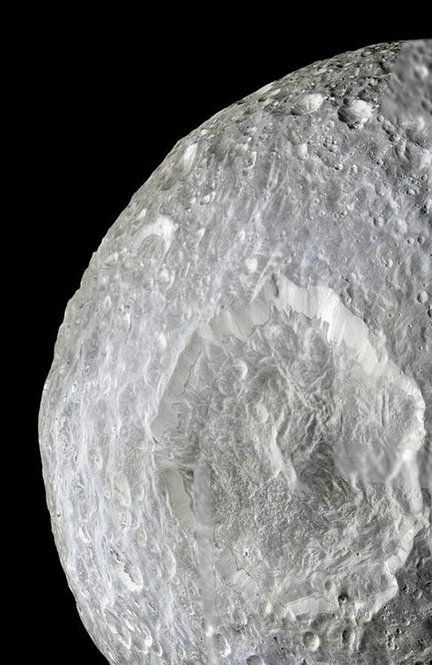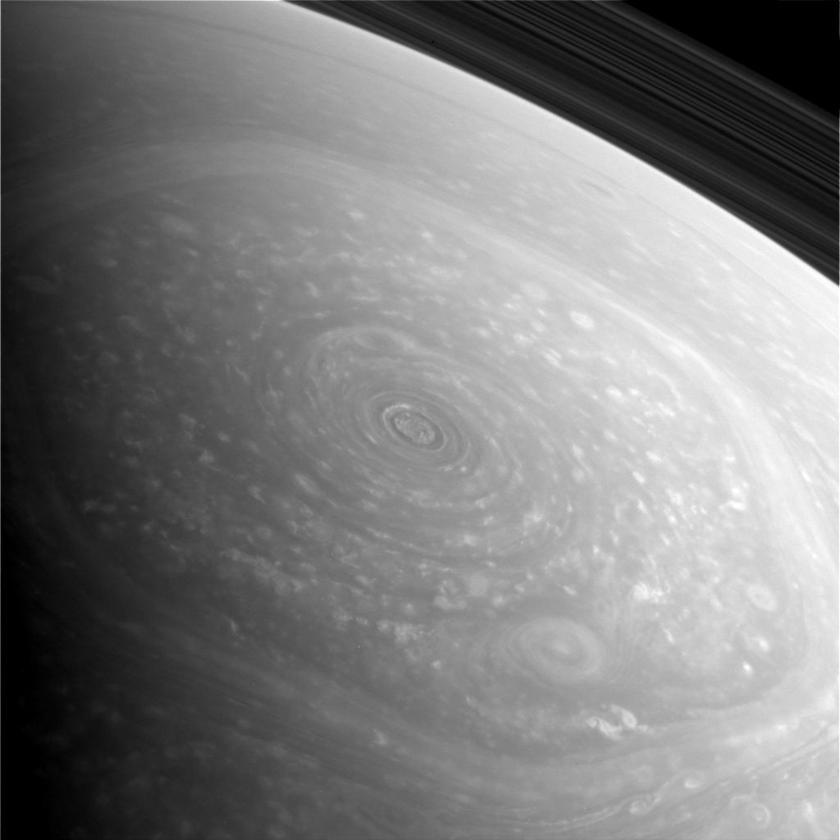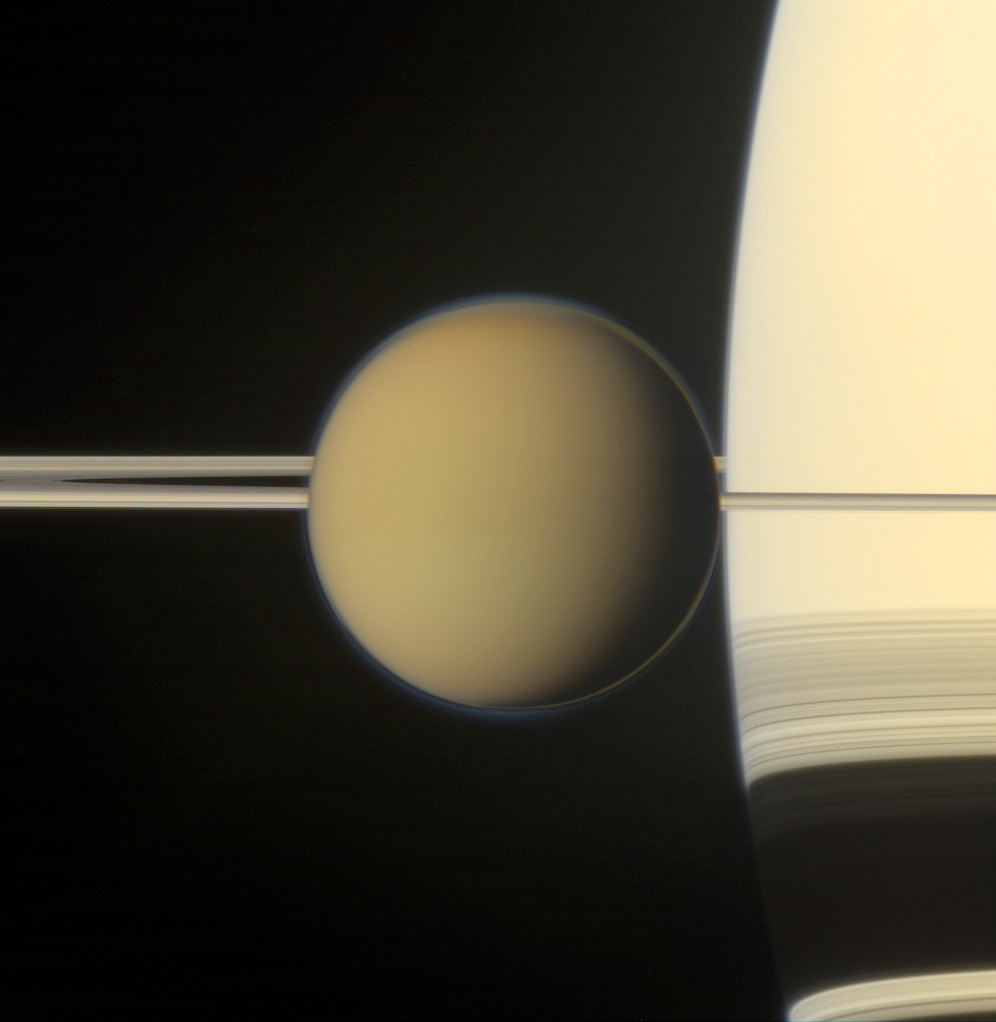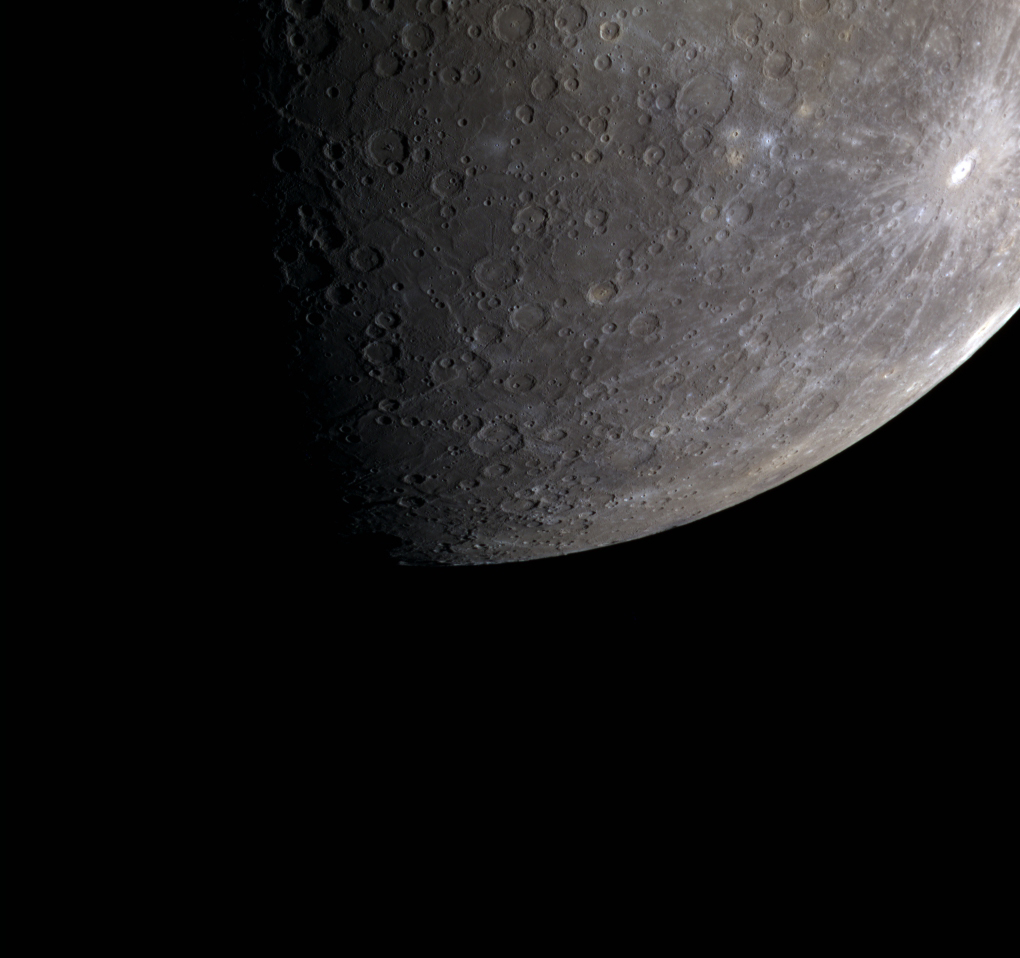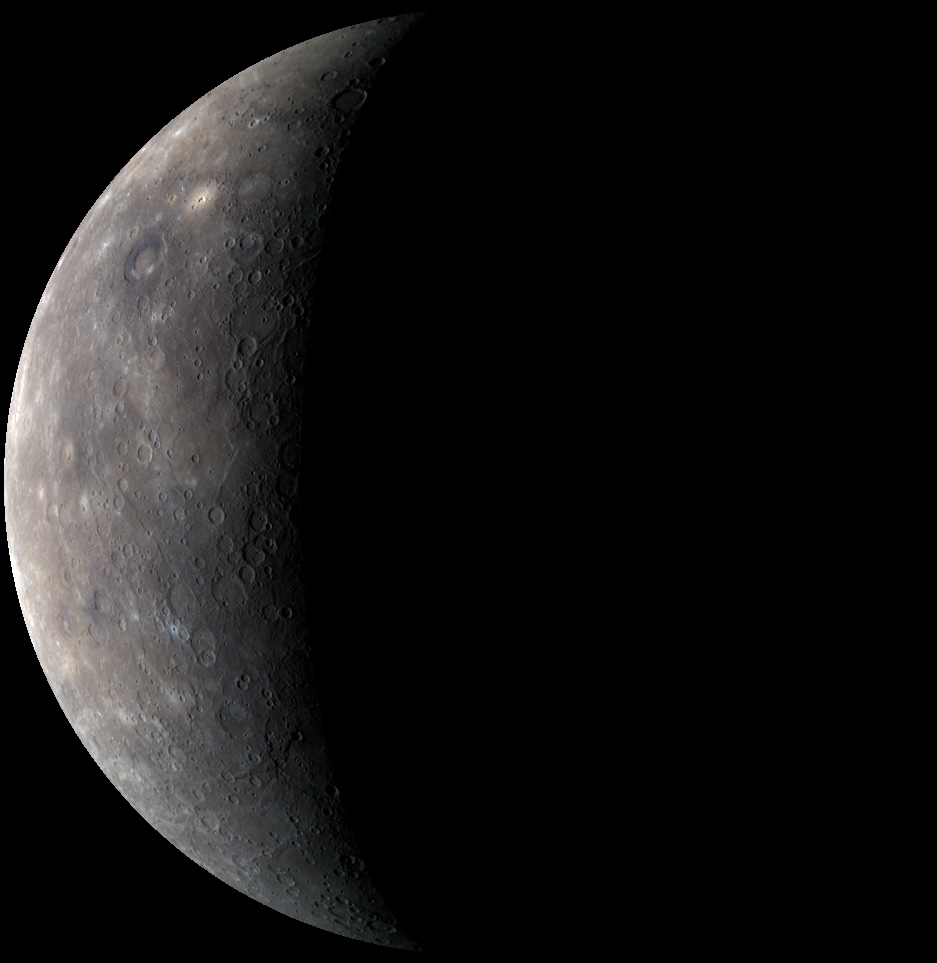Outer Space Art Film Uses Only Raw Images
Outer Space from Sander van den Berg on Vimeo.
A Timeline of Space Imaging
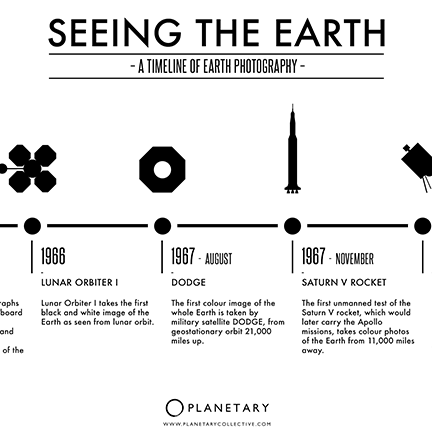 Simple but very cool. Take a look at the full timeline by Planetary Collective.
Simple but very cool. Take a look at the full timeline by Planetary Collective.
We Need More Space
 Another Tee post. This one from the tee giant Threadless.
Another Tee post. This one from the tee giant Threadless.
Cosmos Time
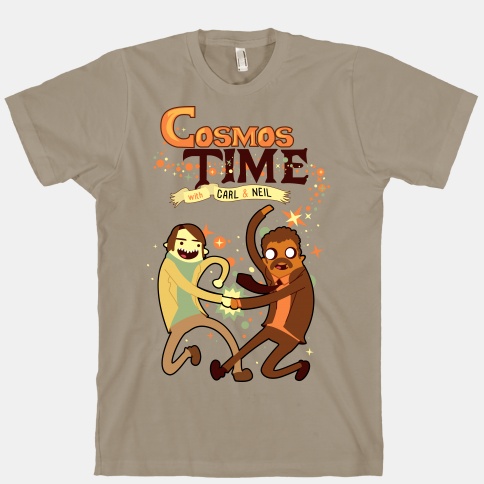 I don’t usually post tee designs not by Chop Shop, but as a massive fan both of Cosmos and Adventure Time — I couldn’t justify not tipping this off. For anyone not aware of the world around them, a new series called “Cosmos: A Space-Time Odyssey” is due to be released in Spring 2014. This time playing Jake the Dog to Carl Sagan’s Finn the Human will be Neil DeGrasse Tyson as illustrated in the design above.
I don’t usually post tee designs not by Chop Shop, but as a massive fan both of Cosmos and Adventure Time — I couldn’t justify not tipping this off. For anyone not aware of the world around them, a new series called “Cosmos: A Space-Time Odyssey” is due to be released in Spring 2014. This time playing Jake the Dog to Carl Sagan’s Finn the Human will be Neil DeGrasse Tyson as illustrated in the design above.
Mars Curiosity Self Portrait
What Good is Space Exploration?
Answer: Could change/save the world as we know it. Short-sighted discreditors of space exploration often question what good it is to have a man on the moon. What good can come of sending probes to Mars for so many millions of dollars? Leaving aside mankind’s natural impulse to learn and understand everything around us (not to mention how well it has served us), practical reasons for exploring something as barren as our moon do run thin to the average citizen. While I do so value the science that happens at such remote locations, it is the getting there that challenges us to push the boundaries of known science. Coming up with a better and safer means of space travel can wind up producing something like this; a potentially abundant green source of energy that could transform the world and be the answer to many of the problems facing the us today.
What is often hard to explain to people who negate the need for space exploration are the side benefits of such programs for the whole world. Just like wars, performing something as technically challenging as space exploration results in pushing the boundaries of science in directions it might not have otherwise gone. When Sputnik was launched, most believed that space would go the way of a militarized zone and become a new battleground for superiority. Instead, all these years later we enjoy a vast communication network that has helped topple entire governments without a single bullet being fired. If it is a choice, I would choose space exploration over another world war to press mankind further along the path of progress any day.
So to those who think the best that going to the moon has produced is velcro — consider the possibility that by NASA may be on the way to providing the world with abundant clean energy as the result of trying to find a cheaper safer way to the stars. Not a bad fringe benefit.
The Martian Hammer
 Occasionally they find things on Mars that I don’t bother posting because they are obviously bits of plastic that fell from descent, or are just shadow tricks. But this one has me and others scratching our collective heads. It really seems to be “growing” from the rock below and is clearly a shiny metallic material. Possibly a dropped Martian hammer?
Occasionally they find things on Mars that I don’t bother posting because they are obviously bits of plastic that fell from descent, or are just shadow tricks. But this one has me and others scratching our collective heads. It really seems to be “growing” from the rock below and is clearly a shiny metallic material. Possibly a dropped Martian hammer?
Read more at The Atlantic.
Follow Us on the Facebook
 We are here on the FB. This way you can see our posts among all your posts about cats having cheeseburgers.
We are here on the FB. This way you can see our posts among all your posts about cats having cheeseburgers.
The Hexagonal Saturn Storm
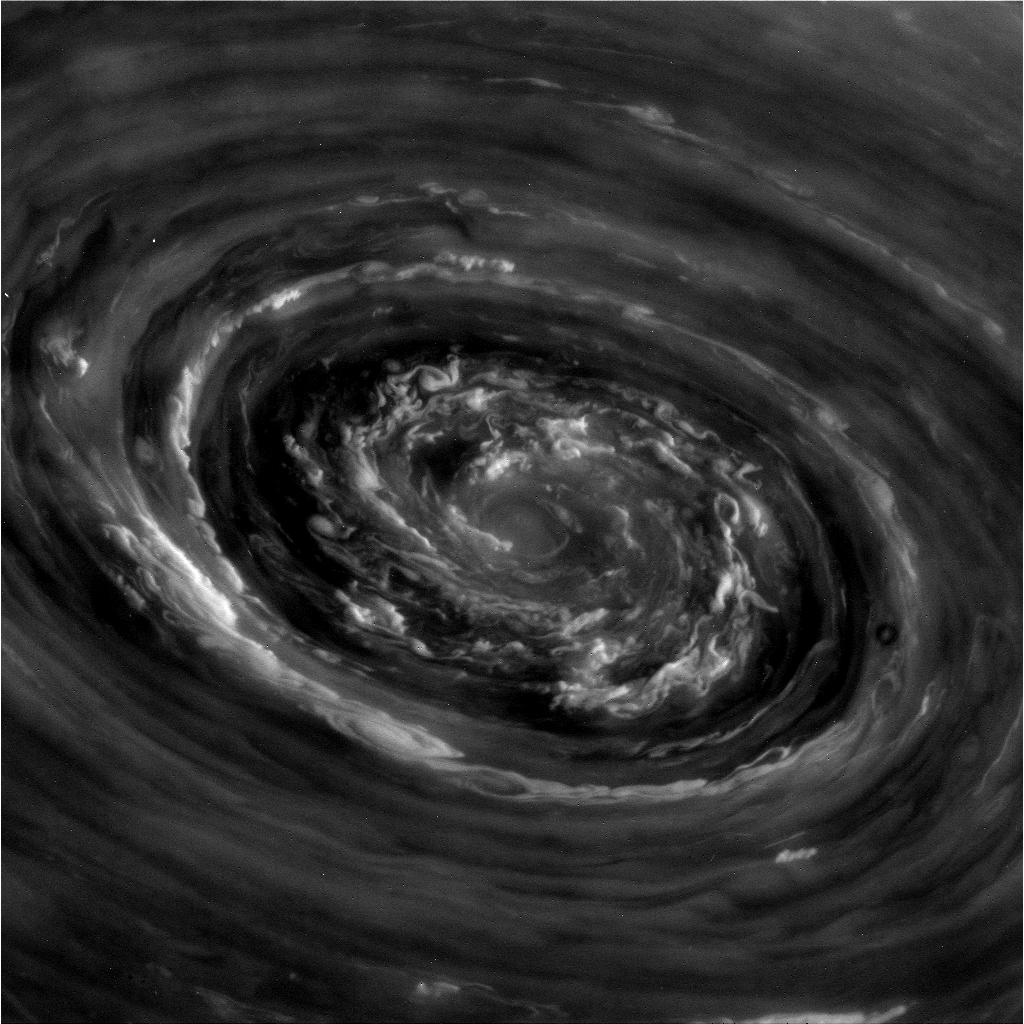 This is a raw image of the storm found at the center of Saturn’s hexagonal feature located at it’s northern pole (see below). Be sure to click on it for the high-res.
This is a raw image of the storm found at the center of Saturn’s hexagonal feature located at it’s northern pole (see below). Be sure to click on it for the high-res.
The image is going to be “officially released” soon, but I don’t know how much better it can get than this. One of the exciting things about this storm is the depth that we are allowed to see into Saturn. There is no other feature on Saturn that allows us to see any further than the cloud tops.
GRAIL Mission’s Suicide Video
Before intentionally crashing the GRAIL spacecraft into the surface of the Moon, they took this long series of images and compiled them into this video. It contains two views of the craft as it sailed 10 kilometers above the surface. The split comes about halfway through from a forward facing view to one from behind.
Long-Overdue WTF Follow Up
 Back in 2007 I posted this image of a dark hole on Mars. In late 2011 they took additional images of a similar feature with the HiRISE cameras on Mars Reconnaissance Orbiter. Turns out it is in fact a “sky light” or a hole in the surface to an underground cavern. This one spans 35 meters (115 feet) across and 20 meters (65 feet) deep.
Back in 2007 I posted this image of a dark hole on Mars. In late 2011 they took additional images of a similar feature with the HiRISE cameras on Mars Reconnaissance Orbiter. Turns out it is in fact a “sky light” or a hole in the surface to an underground cavern. This one spans 35 meters (115 feet) across and 20 meters (65 feet) deep.
It’s origins are likely due to ancient lava flows that continued underground and eventually were drained to leave behind a cavern. How vast such a system might be is yet unknown.
Mars Curiosity Rover Images Looking Like Paintings
 The background hills are not just all… the whole “sky” in the back is actually the Gale crater rim. Wish there was an additional image taken above to stitch together for the full dramatic view.
The background hills are not just all… the whole “sky” in the back is actually the Gale crater rim. Wish there was an additional image taken above to stitch together for the full dramatic view.
I have a whole lot of catching up to do with Curiosity. I was locked out of the site for months and only got back in after the landing. So I missed much of the buzz and excitement of the first few days. We got spoiled from the everyday images from Spirit and Opportunity and sometimes the images from Curiosity will often feel like more of the same, but I don’t recall any images from the previous landers looking like a Chesley Bonestell painting.
Saturnati XXIV
Best of G. Ugarkovic (Last 8 Months)
If you follow this blog on any basis, you might be well aware that a good percentage of the imagery is provided by our good flickr friend Gordan Ugarkovic. Here is a bit of what we missed from him in the last 10 months we were locked out.
Titan at the edge of Saturn taken 2011-05-21. Looks unreal. Like Titan was dropped into the scene using Photoshop. A sin I would never commit. See the lesser “official” NASA version released a few months back here.
Keeping with the theme of moons transiting Saturn. Here is Rhea and tiny Epimetheus doing what they do. Taken in 2010-03-24.
Finally, just to change it up… two moons against Titan, another of Saturn’s moons. Pictured above the Titanian cloud-tops is Dione on the left and Rhea on the right.
Messenger, I Owe You Some Attention
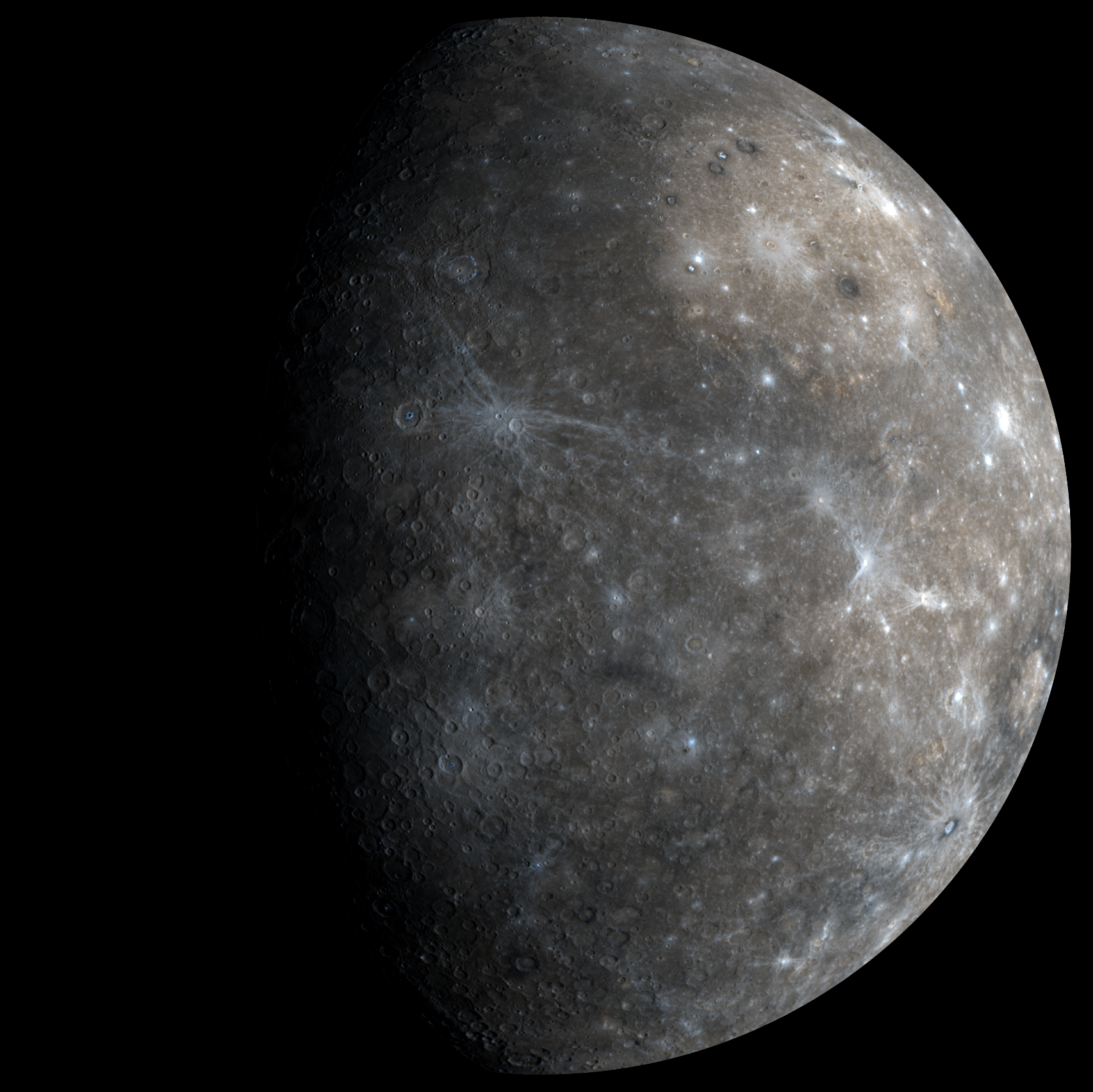 To the casual observer Mercury is a body double of our own moon, but they are very different on the inside. In images, however, it offers very little that is unfamiliar from what we can see with our own eyes when we look up. Included in this post are 4 full color images of Mercury with the above being taken in February, 2012.
To the casual observer Mercury is a body double of our own moon, but they are very different on the inside. In images, however, it offers very little that is unfamiliar from what we can see with our own eyes when we look up. Included in this post are 4 full color images of Mercury with the above being taken in February, 2012.
The above and image also from February, 2012.
Above image captured by Messenger in April, 2012.
Above taken November, 2009.
Saturn’s Five
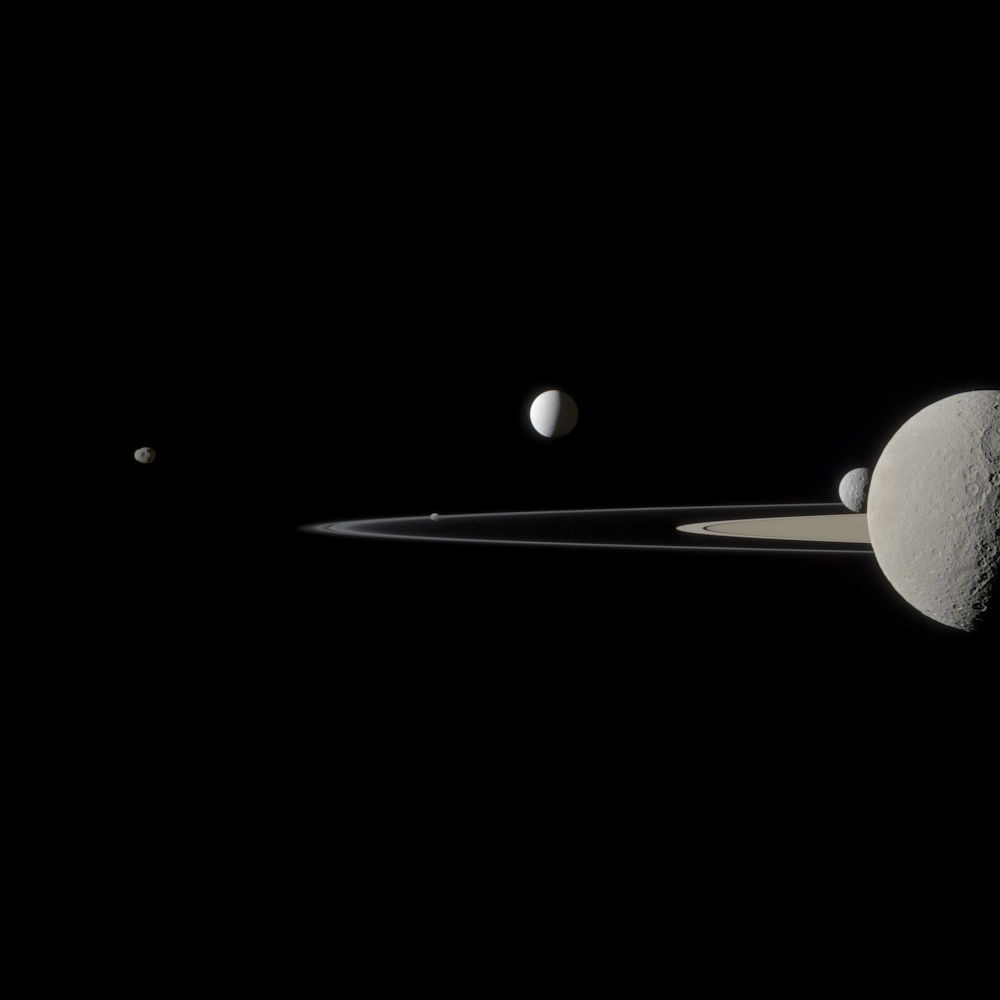 Space enthusiasts seem to really like shots that have more than one body in the same frame. How about five… or six (if you count the rings of Saturn)? Starting left to right that is Janus, Pandora, Enceladus, Mimas and Rhea.
Space enthusiasts seem to really like shots that have more than one body in the same frame. How about five… or six (if you count the rings of Saturn)? Starting left to right that is Janus, Pandora, Enceladus, Mimas and Rhea.
Thanks again to Gordan Ugarkovic.
Neptune Revisited
 Daniel Machácek does some modernizing of old Voyager 2 data at neptune. You can clearly see a shadow of one of Neptune’s moons at the top right edge and two others in the same area that are much less obvious. Interesting thing about data is that it is often better than the processing technology that happens to be available at the time the actual missions took place. Add to that the fact that there is a small army of talented freelance imagers like Daniel, the result is what feels like new images from old missions.
Daniel Machácek does some modernizing of old Voyager 2 data at neptune. You can clearly see a shadow of one of Neptune’s moons at the top right edge and two others in the same area that are much less obvious. Interesting thing about data is that it is often better than the processing technology that happens to be available at the time the actual missions took place. Add to that the fact that there is a small army of talented freelance imagers like Daniel, the result is what feels like new images from old missions.
Titan’s Polar Vortex
 Only a true lover of planetary exploration can get excited about an image like this. Titan is definitely one of the most exciting places in the solar system despite it’s almost total lack of discernible details either surface or in cloud structure. So like Uranus and Venus most images of these locales look something like smooth monochromatic tennis balls without the white lines.
Only a true lover of planetary exploration can get excited about an image like this. Titan is definitely one of the most exciting places in the solar system despite it’s almost total lack of discernible details either surface or in cloud structure. So like Uranus and Venus most images of these locales look something like smooth monochromatic tennis balls without the white lines.
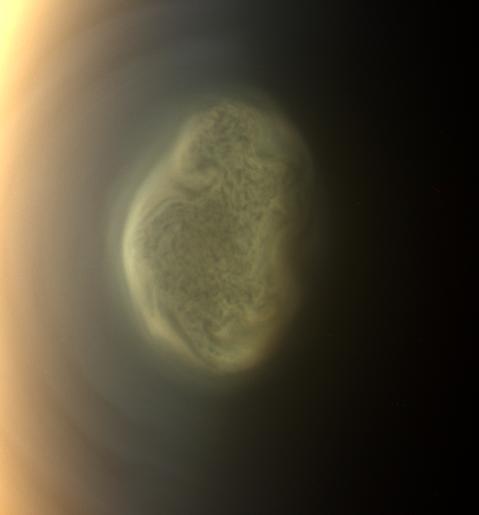
Above is a color image of the vortex in more detail. Scientists are still unsure of the process that causes this to occur. However, similar phenomenon have been seen before — most notably on Titan’s parent planet, Saturn.
We are Back
I was locked out of my own Word Press blog. But we are back in. I wonder what I missed to post about?
